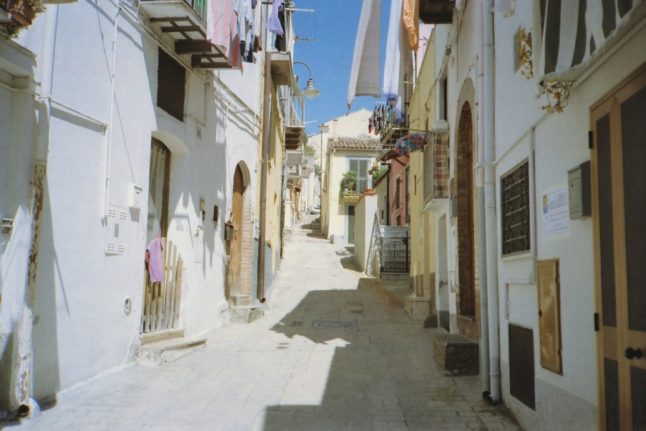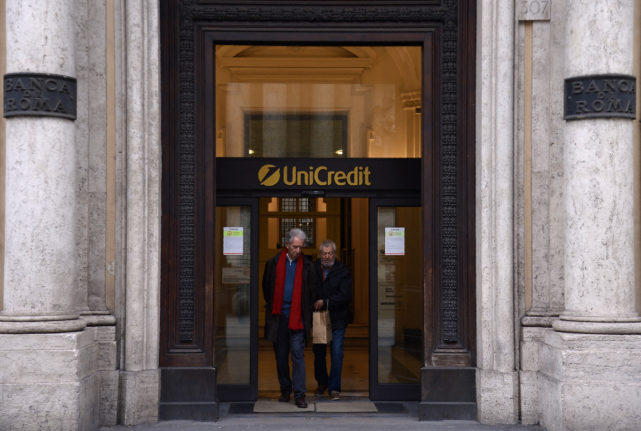Italy is already an extremely attractive destination for foreign retirees for many obvious reasons
But there’s another element that contributes to the appeal: a special flat income tax rate of just seven percent for people with foreign-sourced pensions who choose to retire in certain areas of the country.
READ ALSO – Retirement in Italy: What you need to know about visas and residency
First introduced in 2019 in a bid to repopulate areas of southern Italy following decades of emigration north or abroad, the flat tax rate has since garnered a lot of interest worldwide – and it’s easy to see why.
If you meet the necessary requirements, the seven-percent rate doesn’t apply just to your pension income but to all foreign earnings, such as rental income and dividends overseas.
This can equate to substantial savings considering that Italy’s personal income tax (or Irpef) ranges from 23 to 43 percent depending on your earnings bracket.
There are three main requirements that need to be met in order to qualify for the special flat rate, with the main one being that you must receive a private or public pension from another country.
You also can’t have been a legal resident of Italy at any time in the previous five years. This means that if you’re already living elsewhere in the country, you can’t move to benefit from the low rate.
Finally, you must settle in a town with no more than 20,000 inhabitants. There’s no official list of these, but almost all of the eligible towns are in one of the following regions: Abruzzo, Basilicata, Calabria, Campania, Molise, Puglia, Sardinia, or Sicily.
For more details on who’s eligible and how to apply, see our Q&A on Italy’s low tax rate for retirees here.




 Please whitelist us to continue reading.
Please whitelist us to continue reading.
This is v interesting but what qualifies as a town of over 20,000 ?. We have a home in a commune with over 30,000 inhabitants but we live several miles from the centre “nucleo” and I think the house is qualified amongst ‘case sparse’ . It’s quite isolated. Does anyone know if this is worth looking into further? I accept that we would need to talk to the commercialista to pursue this but just wondering about the town size criterion.